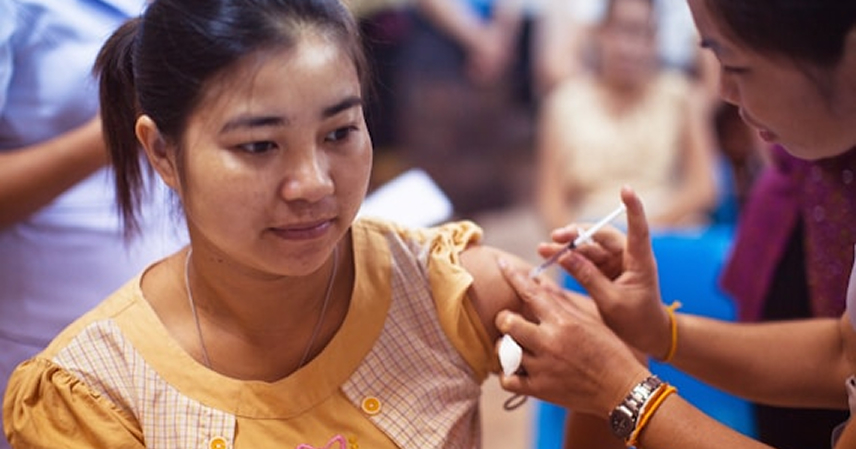A recent clinical trial has revealed some exciting news in the fight against respiratory illnesses. Azelastine nasal spray, a readily available over-the-counter medication for hay fever, has shown significant promise in reducing not only coronavirus infections but also other common respiratory viruses like rhinovirus. This discovery opens up new possibilities for preventing and managing respiratory illnesses, particularly during peak infection seasons.
The results of the study are truly remarkable and warrant further investigation. The potential implications for public health are significant, offering a readily accessible and affordable preventative measure.
What Happened? 📝
The study, known as ‘CONTAIN,’ was a randomized, double-blind phase 2 trial. It compared the effectiveness of azelastine nasal spray to a placebo in preventing respiratory infections. The results were striking. The group using the azelastine nasal spray showed a marked reduction in coronavirus infections. But the benefits didn’t stop there.
The azelastine group also experienced fewer symptomatic SARS-CoV-2 infections and a lower overall number of confirmed respiratory infections. Perhaps most surprisingly, there was also a significant reduction in rhinovirus infections, another major cause of common colds. Only 1.8% of the azelastine group developed a rhinovirus infection compared to 6.3% in the placebo group – a similar reduction to that observed for SARS-CoV-2 infections.
The Science Behind the Spray 🔬
Azelastine has been used for decades as a treatment for hay fever. However, previous in vitro studies (lab studies) already hinted at its potential antiviral properties against SARS-CoV-2 and other respiratory viruses. This clinical trial represents the first time these antiviral effects have been demonstrated in a real-world setting with human participants.
The mechanism by which azelastine achieves this broad antiviral effect is still being investigated, but its ability to reduce inflammation in the nasal passages likely plays a significant role. This reduction in inflammation may interfere with the ability of viruses to replicate and spread.
Practical Applications and Future Research 🌍
Professor Robert Bals, a key researcher involved in the study, suggests that azelastine nasal spray could serve as a valuable additional prophylactic tool to complement existing preventative measures like vaccination and masking. This is especially relevant for vulnerable groups during periods of high infection rates or before travel.
However, Professor Bals emphasizes the need for larger, multicenter trials to confirm these findings and to further explore azelastine’s potential against a wider range of respiratory pathogens. More research is needed to fully understand its long-term effects and optimal usage.
Who Was Involved? 🤝
The CONTAIN study was a collaborative effort involving several institutions and organizations. Besides Professor Bals’s team, the study included researchers from the Institute of Clinical Pharmacy (Professor Thorsten Lehr, Dr. Dominik Selzer), the Institute of Virology (Professor Sigrun Smola), and URSAPHARM Arzneimittel GmbH, a Saarbrücken-based pharmaceutical company that sponsored the study and manufactured the azelastine nasal spray.
This successful collaboration highlights the power of teamwork between academic research, industry partners, and public health initiatives in driving impactful advancements in healthcare.
Key Takeaways 🔑
- Azelastine nasal spray demonstrated a significant reduction in coronavirus and rhinovirus infections in a clinical trial.
- This readily available medication offers a potential new tool for preventing respiratory illnesses.
- Further research is needed to confirm these findings and explore azelastine’s effectiveness against other respiratory pathogens.
- The study represents a successful collaboration between academia, industry, and public health initiatives.
The results of the CONTAIN study offer a glimmer of hope in the ongoing battle against respiratory infections. While more research is necessary, the potential of this spray as a preventative measure warrants further investigation, especially given the challenges of conditions like the increased risk of Long COVID in vulnerable groups.
Source: Common allergy spray slashes COVID-19 risk in surprising trial



